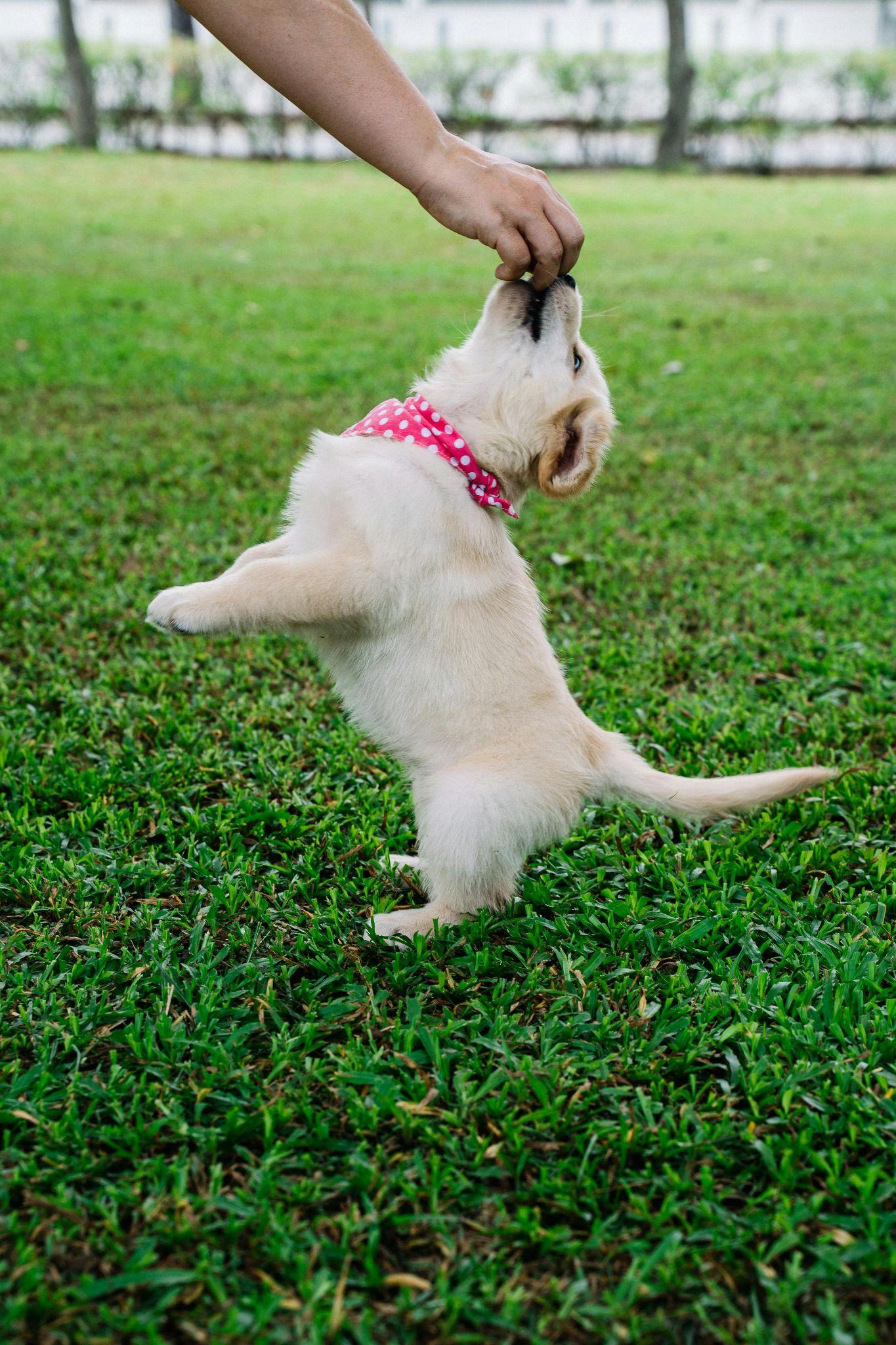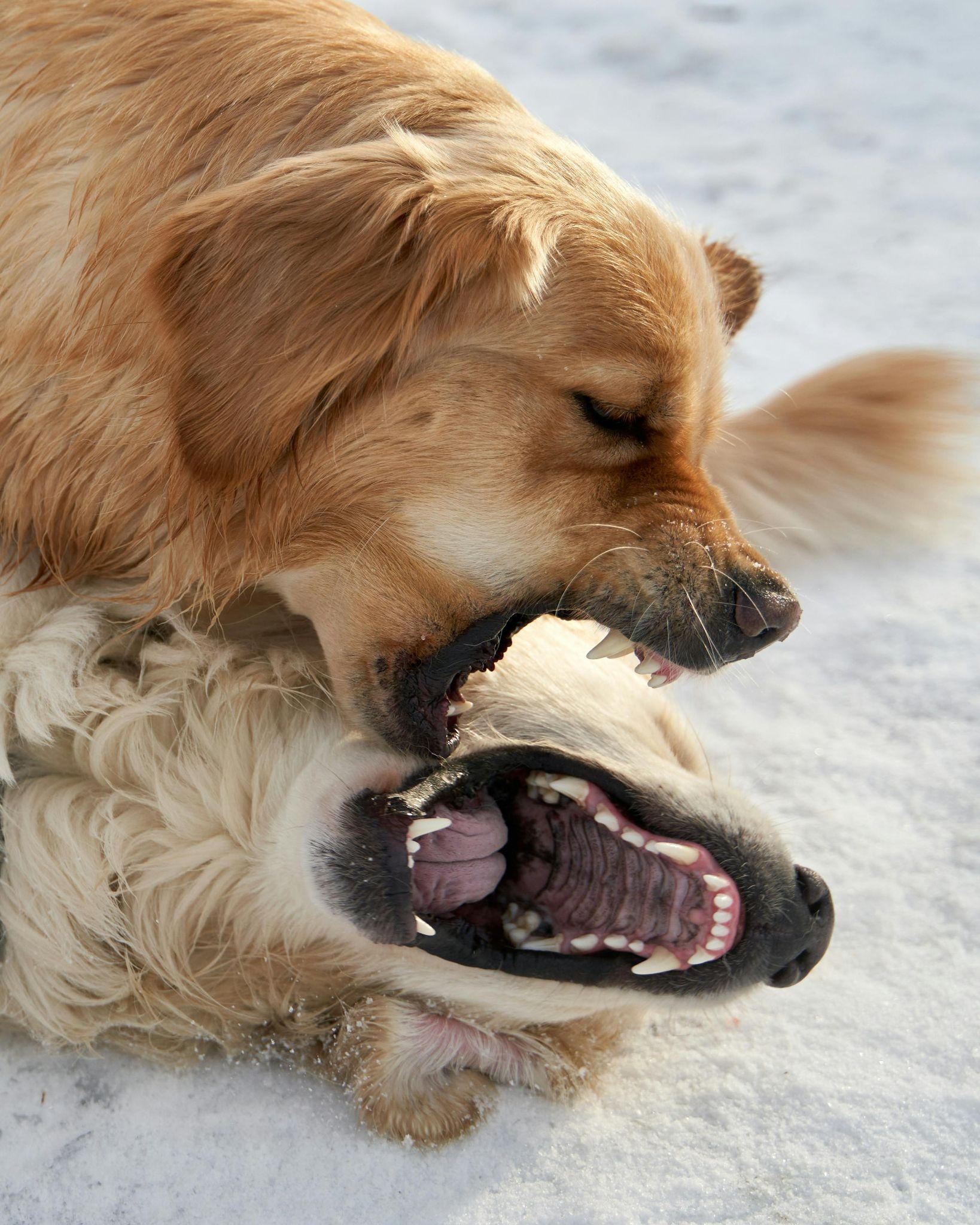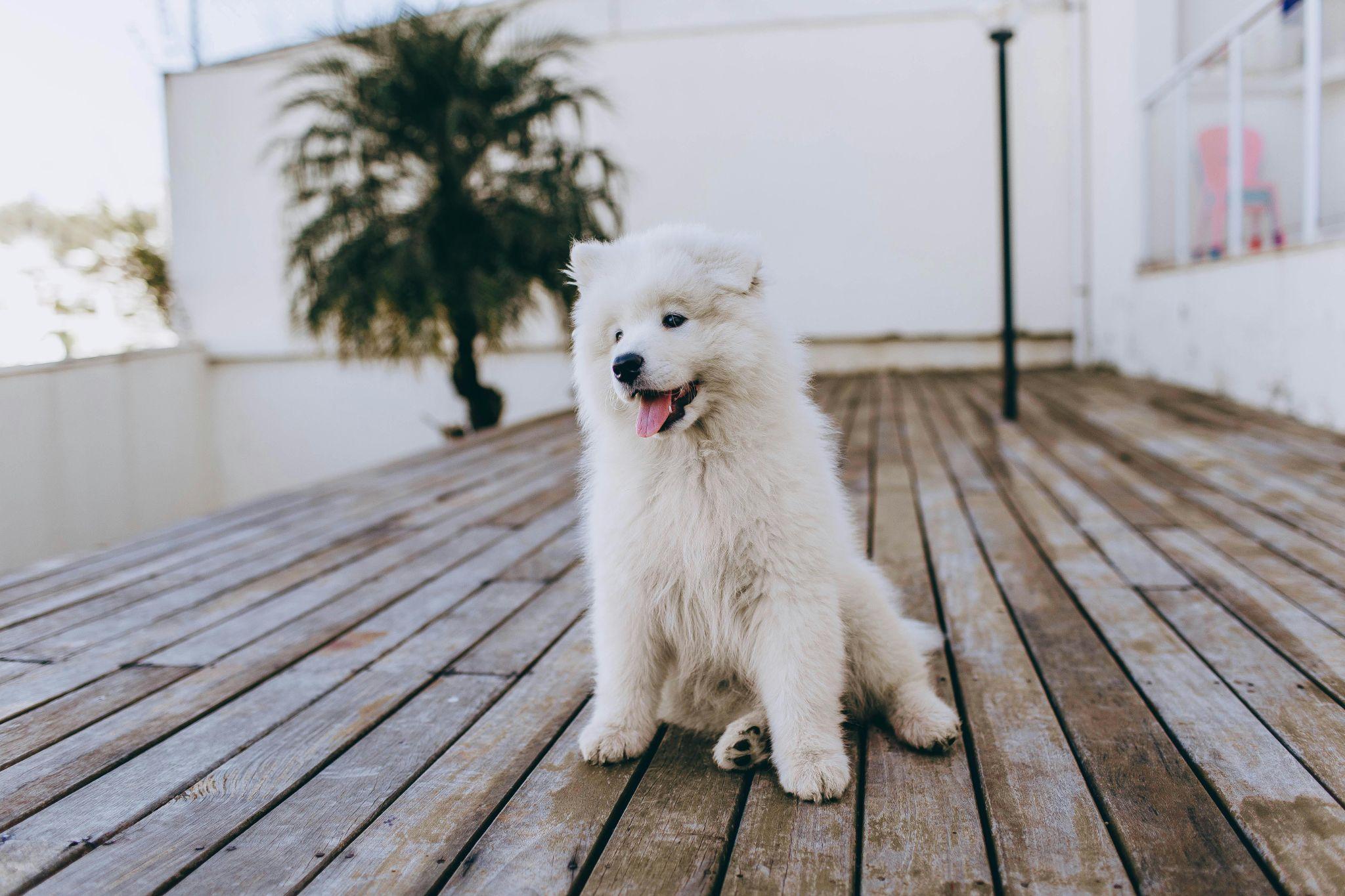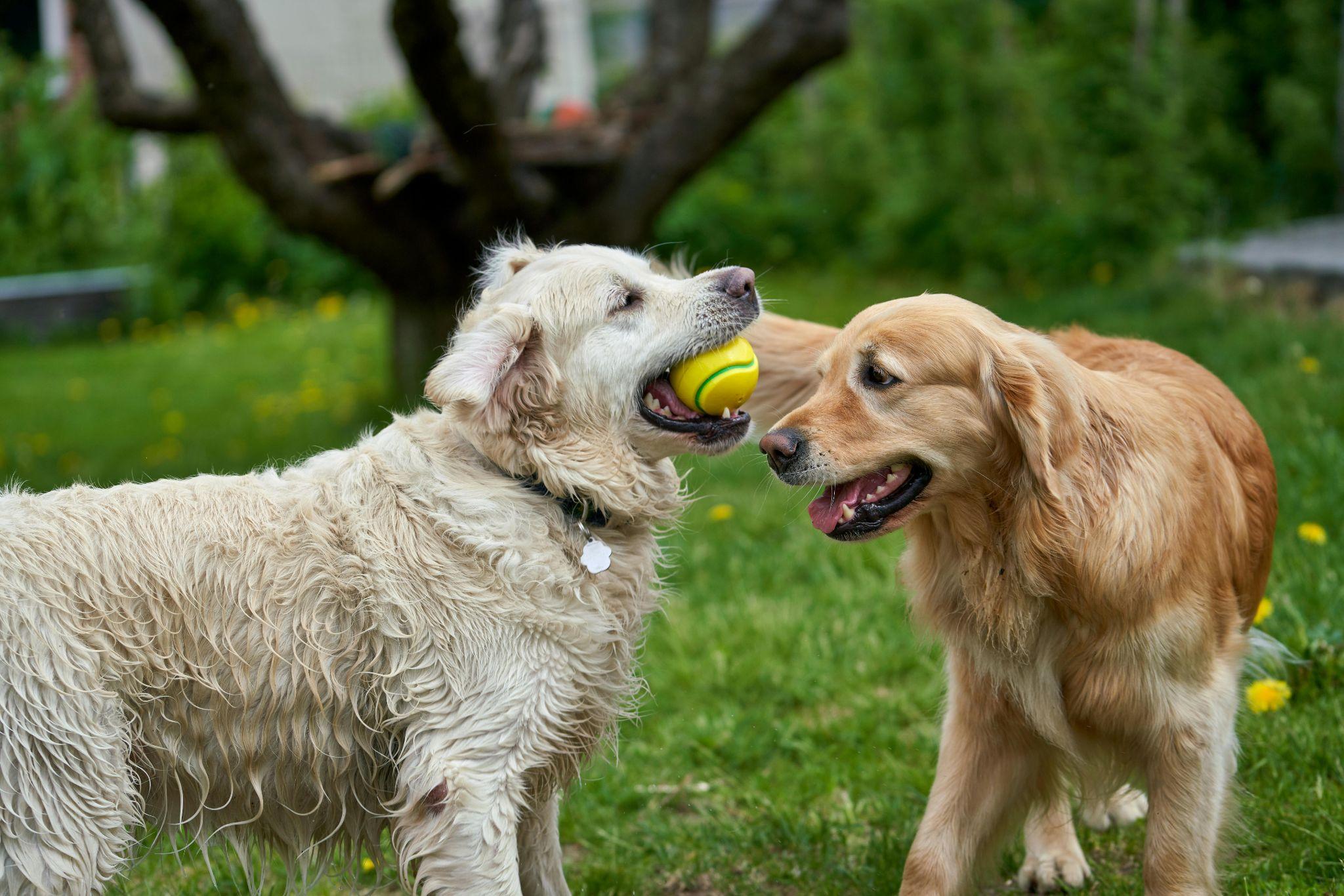How to Address Aggression in Pets
Aggression in pets can be a distressing and challenging issue for pet owners, manifesting as anything from growling and barking to biting or other forms of physical aggression. Understanding and managing this behavior is essential for a peaceful home. Aggression isn’t a one-size-fits-all problem; it can stem from numerous underlying causes and appears in various forms. Addressing aggressive behavior in pets requires patience, consistency, and often professional guidance. In this article, we’ll explore the reasons behind aggression in pets, practical strategies for managing it, and steps to foster a more harmonious environment. 
Understanding the Roots of Pet Aggression
Aggression in pets typically arises in response to specific triggers and can be driven by instincts, past experiences, or even medical conditions. Identifying these underlying causes is the essential first step in managing pet aggression.
Common Causes of Aggression in Pets
- Fear and Anxiety: Many pets display aggression when they feel threatened. This reaction often occurs during encounters with strangers, other animals, or in new and unfamiliar settings.
- Territorial Instincts: Pets, especially dogs and cats, may become aggressive if they perceive a person or another animal as a threat to their territory.
- Pain or Discomfort: Pets in pain, whether due to injury or illness, may lash out as a means of self-defense.
- Lack of Socialization: Poorly socialized pets may not know how to behave in certain situations, which can lead to aggressive responses.
- Resource Guarding: Pets can become defensive and aggressive over food, toys, or spaces they consider their own.
Recognizing Types of Aggression in Pets
Understanding the specific type of aggression can help address it more effectively.
- Defensive Aggression: Often fear-based, this occurs when a pet feels the need to protect itself.
- Predatory Aggression: Common in cats and dogs, marked by stalking and pouncing behavior.
- Possessive Aggression: Pets become aggressive over valued possessions, such as food or toys.
- Territorial Aggression: This form of aggression arises when pets feel they need to defend their personal space.
How to Address Aggression in Pets: Practical Steps for Pet Owners
Addressing aggression in pets can be complex, but these strategies can help you manage aggressive behavior effectively. 
1. Recognize the Warning Signs of Aggression
The first step is to learn how to spot the early signs of aggression in your pet. These may include:
- Growling or Hissing
- Showing Teeth
- Raised Fur or Tail
- Body Stiffening
By recognizing these signs, you can intervene early and prevent potentially dangerous situations from escalating. https://truepetslove.com/product/fresh-step-cat-litter/
Why Is Recognizing Early Signs Important?
Identifying aggression cues helps pet owners defuse potentially risky situations. Intervening early makes it easier to redirect your pet’s behavior before it becomes aggressive.
2. Use Positive Reinforcement Techniques
Positive reinforcement is one of the most effective ways of managing pet aggression. Rewarding calm behavior can gradually reduce instances of aggression over time.
- Offer Treats for Calmness: Reward your pet immediately when they remain calm in a situation that usually triggers aggression.
- Praise and Gentle Petting: Reinforce positive behavior with praise and affection, helping your pet associate calmness with rewards.
Avoid Negative Reinforcement
Scolding an aggressive pet may seem natural, but it often increases aggression, especially in fearful animals. Avoid punishment and instead use calm patience, reinforcing good behavior without punitive measures.
3. Socialize Your Pet Gradually
Lack of socialization is a major contributor to aggressive behavior. Exposing your pet to different environments, people, and animals from a young age can help them feel more comfortable.
How to Socialize an Aggressive Pet?
- Start Small: Begin by introducing your pet to non-threatening situations.
- Use Controlled Environments: During initial interactions, keep your pet on a leash or in a secure area.
- Reward Positive Interactions: Reinforce calm behavior with treats and praise.
4. Establish Clear Boundaries
Setting boundaries is an essential part of pet training and can play a significant role in managing aggression. Pets need to understand acceptable behaviors.
- Create Safe Spaces: Provide a designated retreat area for your pet when they feel stressed or overwhelmed.
- Set Boundaries with Commands: Use commands like “sit,” “stay,” or “no” consistently to discourage aggressive outbursts. https://truepetslove.com/product/amazon-pet-carrier/
Why Are Boundaries Important for Reducing Aggression?
Clear boundaries help create structure, reducing anxiety and territorial behavior in pets. A consistent structure leads to a calmer, more predictable environment, which can lessen aggressive tendencies.
5. Consult a Professional if Needed
If aggression persists or worsens, consider consulting a professional, such as a veterinarian or animal behaviorist, for targeted guidance.
How Can a Professional Help with Pet Aggression?
Professionals can evaluate your pet’s behavior and recommend specific strategies or treatments. Options may include:
- Behavioral Therapy: Sessions with a certified animal behaviorist can target aggressive tendencies.
- Medication: In extreme cases, medication may help manage anxiety or aggression.
Specialized Training: Programs can teach pets to respond calmly in situations that would normally trigger aggression. 
Managing Aggression in Different Types of Pets
Aggression can vary greatly between types of pets. Here are some pet-specific tips for addressing aggression.
Dogs: Managing Aggression in Man’s Best Friend
Dog aggression often stems from protective instincts. To manage it effectively, try these strategies:
- Leash Training: A well-trained dog on a leash is less likely to act aggressively.
- Controlled Socialization: Introduce other dogs in neutral environments to minimize territorial aggression.
- Desensitization Techniques: Slowly expose your dog to trigger situations, reducing aggressive responses over time.
Cats: Addressing Aggressive Behavior in Cats
Cats may express aggression in subtler ways, like swatting or hiding. To manage cat aggression:
- Provide a Scratching Post: Cats often use scratching as an outlet for aggression.
- Interactive Play: Play sessions that simulate hunting can channel their predatory instincts in a safe way.
- Respect Their Space: Avoid forced interactions, especially when a cat appears agitated.
Birds and Small Animals: Dealing with Unique Challenges
Birds and small animals like hamsters can display aggression, often out of fear. Here’s how to address aggression in these pets:
- Limit Handling: Only handle them when they appear receptive.
- Maintain a Calm Environment: Birds and small animals are sensitive to their surroundings, so keep things calm.
Gradual Approach: Use slow movements to avoid startling them, which can lead to fear-based aggression. 
Preventing Aggression from Developing in the First Place
Prevention is key to a harmonious home. Consider these strategies to prevent aggression:
- Early Training and Socialization: The earlier you start training and socializing, the better.
- Maintain a Consistent Routine: Pets thrive on routine, which can reduce stress and prevent aggression.
- Regular Health Monitoring: Check-ups can help prevent health-related aggression.
Why Prevention Matters
Preventive measures like early socialization, routine, and health checks can keep many aggression issues from arising, leading to a happier, healthier pet. https://truepetslove.com/
Achieving a Peaceful Home Environment
Addressing aggression in pets improves the quality of life for both pets and their families. Managing pet aggression is a journey that requires patience, consistency, and sometimes professional assistance. Remember, aggression often stems from underlying issues that, when addressed, can be managed. By creating a calm, structured environment and investing time in training, you can build a safer, more harmonious household. Managing pet aggression may seem challenging, but with the right approach, you can guide your pet toward calm and balanced behavior.
